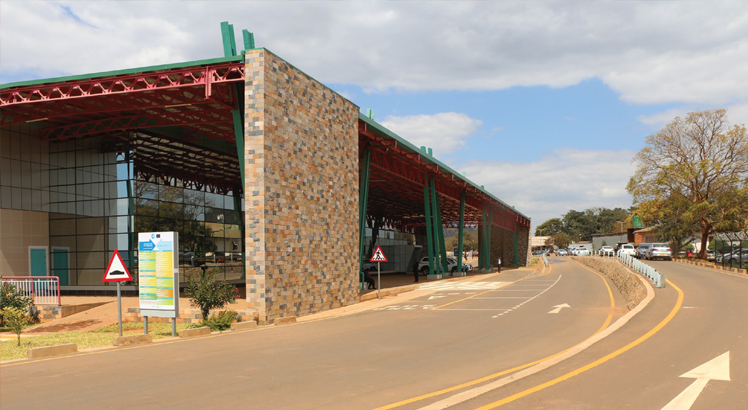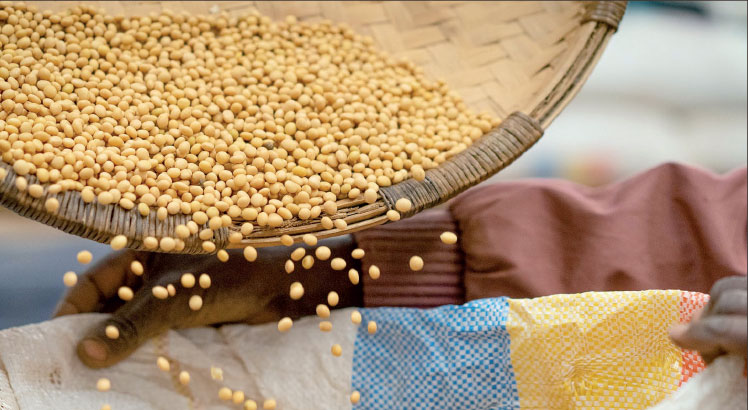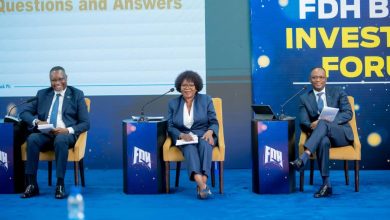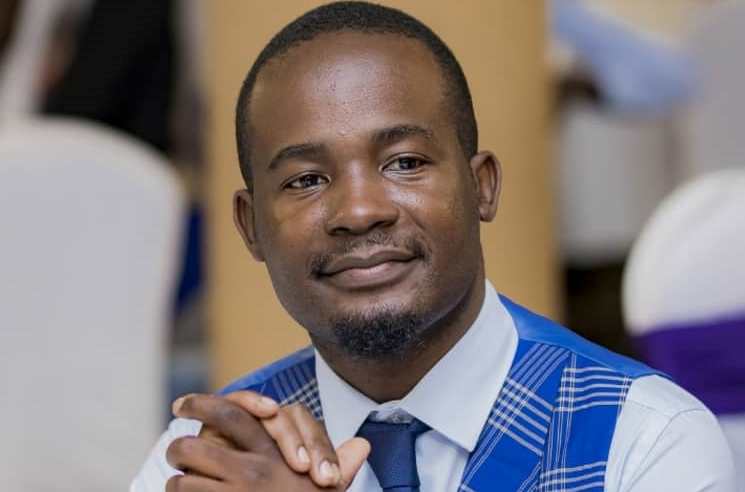Firm plans 150MW wind energy project
Amid the current power deficit, investors are eyeing opportunities in the country’s energy sector. The consortium, comprising three firms, Wind & Solar, Cresco and Hafnia Wind, have applied to develop a 150 megawatts (MW) wind plant, an investment worth $220 million (about K180 billion). Our reporter Steve Chilundu caught up with the consortium’s country project director Daniel Chibwana who explains their investment plans. Excerpts:

Give us a brief background about who you are as an interested investor in energy?
We are a South Africa-based organisation specialising in wind energy technologies with our investment partner based in Copenhagen in Denmark. Current emphasis at this moment in Malawi is wind energy. We are a consortium of Wind & Solar, Cresco and Hafnia Wind [we can be checked on ww.windnsolar.net, www.hafniawind.dk]. Wind matters to us, technically, traditionally and commercially. When Europe was hit by an energy crisis in the 1970s, Denmark explored the potential of wind to generate power in what would elevate the country into a global leader in renewables. In Malawi, we also have good winds. As Wind and Solar, we have experience developing new turbines and refurbish. Wind energy is driven by turbines configured in mountains or hills, lakeshore, ocean or seas. We have footprint in Copenhagen in Denmark, we have strong footprint of wind technologies in South Africa, Spain and African countries. In Malawi, we have our local partners Cresco based in Mzuzu. We are looking forward to contribute to energy ecosystem, developing sustainable solutions, supporting climate mitigations alternatives, economic benefits and energy security.
Where would you like to invest in the country?
We are investing in Mzimba in Nthundwa Village in Traditional Authority Kampingo Sibande where a feasibility study showed potential of wind to generate power. The area is about 1 500 to 2 000 hectares where the wind energy field will be invested. The project is called Nthundwa Wind Farm and the turbines will be configured in the hills where agriculture activities will not be effected and our equipment is high-tech, smart data capabilities to react instantly when witnessing any abnormalities, and power our predictive maintenance where we are more accurately to forecast and mitigate the likelihood of major component failure before it happens. With smart data, we move from preventive to predictive maintenance. Wind energy is our heritage and core competence.
How much do you plan to invest in this?
In terms of capacity, we are working on the flexible scale between 50 to 150 megawatts of power generation. We will put our equipment to generate about 150 MW power but on a phased approach. Value wise, we are looking at investing approximately $220 million for the 150 MW. It is quite a substantial project, but if we scale down the project, for example, by 50MW, then the amount will be lower. Adopting the system value approach gives us a more holistic evaluation of the economic, environmental, social and technical outcomes.
If you are granted permission by authorities to invest, how soon should Malawians expect your power injection into the national grid?
We are looking at the development period of 24 to 36 months to complete and commission the project. We would like to get on the ground as soon as possible. We would like Malawians and the government to see results in line with the Malawi 2063 vision. Our expectation is that six months from now, activities like fixing road infrastructure and job creation can commence.
How affordable is wind power?
The rates are affordable and we will work with authorities to ensure commendable rates are offered to consumers. The generation of wind power is a clean natural resource which should not make tariffs expensive. The equipment itself is durable and will take many years whilst generating power as you are aware the latest climate change international conference highlighted the need to phase out fossil fuels in order to limit global warming. It also indicates the cost of renewable energy like wind has declined significantly in the past decade while their uptake has increased worldwide.
How many jobs do you expect to create?
A good number of people will be employed, the numbers range from 150 and above. We will further avail online education opportunities regarding wind energy production. Wind has the potential to support 600 000 jobs globally in manufacturing, installation, maintenance, and support services. So our responsibility is not only to employ, but develop future Malawian wind turbines specialists. Further opportunities will be made available for people to visit sites developed abroad for familiarisation and learnership. Definitely this will contribute to bolstering power capacity, supporting country economic recovery, add value to the industrial sectors and the local team will be trained to support and maintain infrastructure during its life span.
How will the communities around the project benefit?
Within our corporate social responsibility, we have in our plans to build two schools and upgrade road infrastructure. The community also indicated that they would like to have a clinic. We are further working with partners to avail wheelchairs to assist with mobility for those in need. We also have off grid systems which communities as beneficiaries will have access to power their homes.






2 Comments